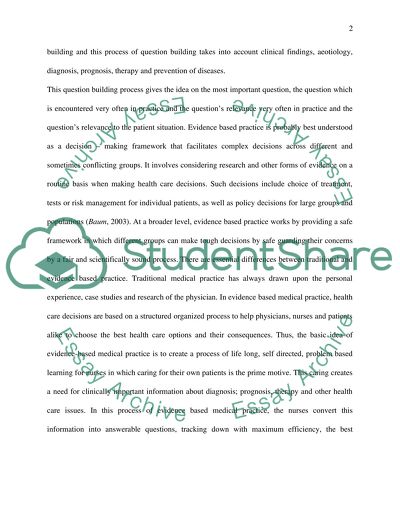Cite this document
(“Evidence Based Practice Essay Example | Topics and Well Written Essays - 4000 words”, n.d.)
Evidence Based Practice Essay Example | Topics and Well Written Essays - 4000 words. Retrieved from https://studentshare.org/health-sciences-medicine/1524653-evidence-based-practice
Evidence Based Practice Essay Example | Topics and Well Written Essays - 4000 words. Retrieved from https://studentshare.org/health-sciences-medicine/1524653-evidence-based-practice
(Evidence Based Practice Essay Example | Topics and Well Written Essays - 4000 Words)
Evidence Based Practice Essay Example | Topics and Well Written Essays - 4000 Words. https://studentshare.org/health-sciences-medicine/1524653-evidence-based-practice.
Evidence Based Practice Essay Example | Topics and Well Written Essays - 4000 Words. https://studentshare.org/health-sciences-medicine/1524653-evidence-based-practice.
“Evidence Based Practice Essay Example | Topics and Well Written Essays - 4000 Words”, n.d. https://studentshare.org/health-sciences-medicine/1524653-evidence-based-practice.


